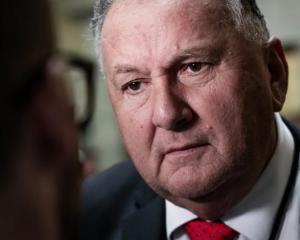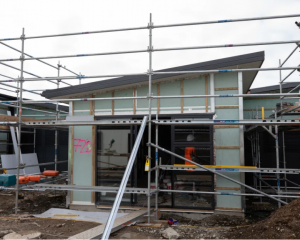New air traffic management systems are planned for New Zealand, replacing decades-old technology, promising to cut flight times and save the aviation industry up to $2 billion.
While more direct routes will mean more noise on new flight paths, quieter planes could mean noise is cut overall.
The National Airspace and Air Navigation Plan, launched last night by Transport Minister Gerry Brownlee, said that during the next two decades the aviation sector could save nearly $1.98 billion through fuel savings, lower aircraft operating costs and lower capital spending.
The 10-year New Southern Sky plan will move the aviation system away from post-World War II radar to extensive satellite tracking, although ground-based radar would not be removed completely because of concern about relying too much on new technology.
Advanced transponders will be required for all aircraft in controlled airspace within eight years.
The Civil Aviation Authority is leading the project and said increased use of satellite tracking would not necessarily find aircraft in an emergency such as in the case of Malaysian Airlines flight MH370.
However, the CAA and international authorities were reviewing tracking systems and changes could be implemented.
A risk assessment of the plan found that while the overall environmental impact of changing aircraft routes was positive because of shorter flight paths, there could be resource management issues as some people on the ground would notice more noise, an issue that created controversy during a trial at Auckland Airport.
"The plan contains provision for more guidance for airport owners and councils on managing environmental effects at aerodromes," the assessment by Castalia Strategic Advisors found.
Greater reliance on satellite technology increased risk in the event of a failure and Castalia said the plan provided for contingency systems for both navigation and surveillance to ensure that all aircraft could return to the ground safely and service could be maintained on the main trunk routes.
The firm has estimated it would cost $37 million to implement the plan although airlines and other operators might have to spend more to ensure their equipment was compatible with the modernised system.
It also warned that with significant changes in technology there was an increased risk of human error during the transition phase.
Castalia said there had been a heavy focus on training and education to help pilots and engineers make the transition.
The plan also said communications would remain primarily by VHF voice in domestic airspace but satellite communication, data links and internet protocols would be introduced.
Paper-based charts and publications would be digitised and potentially become available in real-time, in cockpits.
Off the radar
*Air navigation will move from ground-based radio navigation beacons to a system using the precision of satellite information, performance-based navigation.
*This will require aircraft operators to have special equipment, procedures and training.
*Changes to surveillance will reduce reliance on radar.












